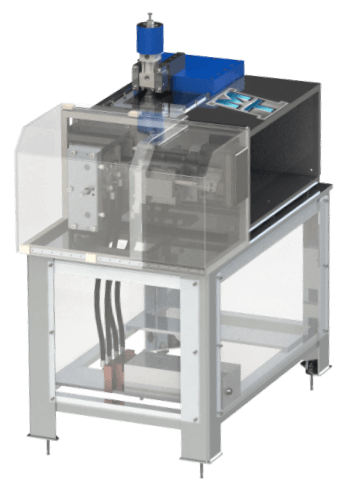Low Force Friction Welding
The use of an external energy source to raise the interface temperature of the parts being welded, reducing the process forces required to make a solid-state weld compared to traditional friction welding.
Solid-State Joining Process
Low Force Friction welding is a solid-state joining process. Because joining occurs below the melting temperature of the two parts being joined, the weld properties are superior to welds created with fusion processes.
Smooth Flash & Low Upset
The flash is formed as a smooth bulge instead of a pair of curls as with traditional friction welding. In many cases, this process can achieve welds with little to no loss of length (upset). The shape of the flash combined with the minimal upset creates significant advantages for legacy friction welding applications such as hydraulic cylinder rods and cylinder bodies, drill pipe, and bladed disks. Easier and faster post-weld flash removal, or the elimination of post-weld flash removal all together, can significantly reduce the cost and increase the throughput of these applications.
Larger Part Range
Able to accommodate a wider range of parts, a single Low-Force Friction Welding machine can satisfy a customer’s full part range, rather than relying on several traditional friction welders.
Like what you’re seeing so far?
Before you keep scrolling, tell us a little more about yourself and your project so we can customize your experience.
Higher Orientation Precision
Orientation is precise with traditional friction welding, but Low Force fine-tunes the process even more. The machine makes any needed adjustments to ensure parts are fitting together exactly the way they’re supposed to.
Reduced Machine Size
With lower process forces required to make a solid-state weld, the size of the machine decreases, freeing up valuable space on your production floor.
Part Repeatability
Because it’s a repeatable process, the quality and flash formation (if applicable) are consistent from the first to last part in a batch.

 MTI UK
MTI UK  FWT
FWT


